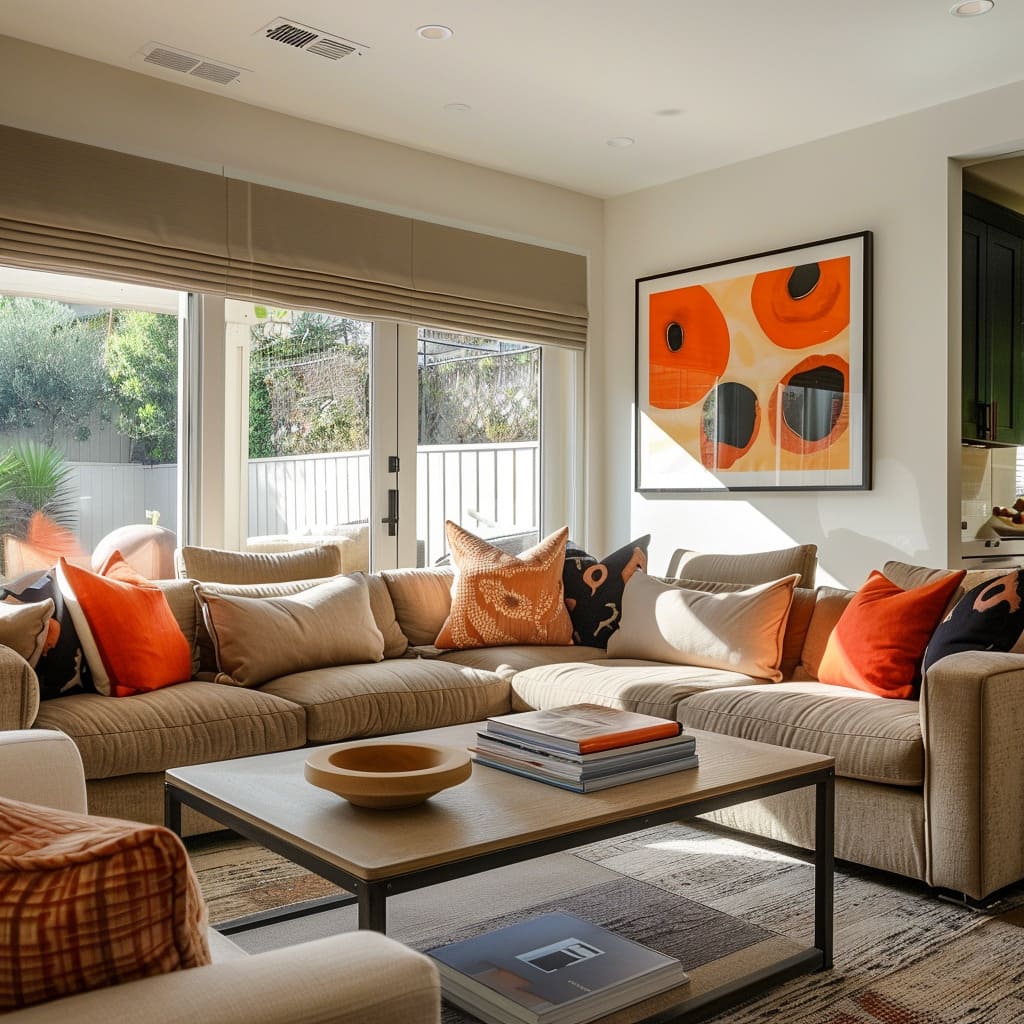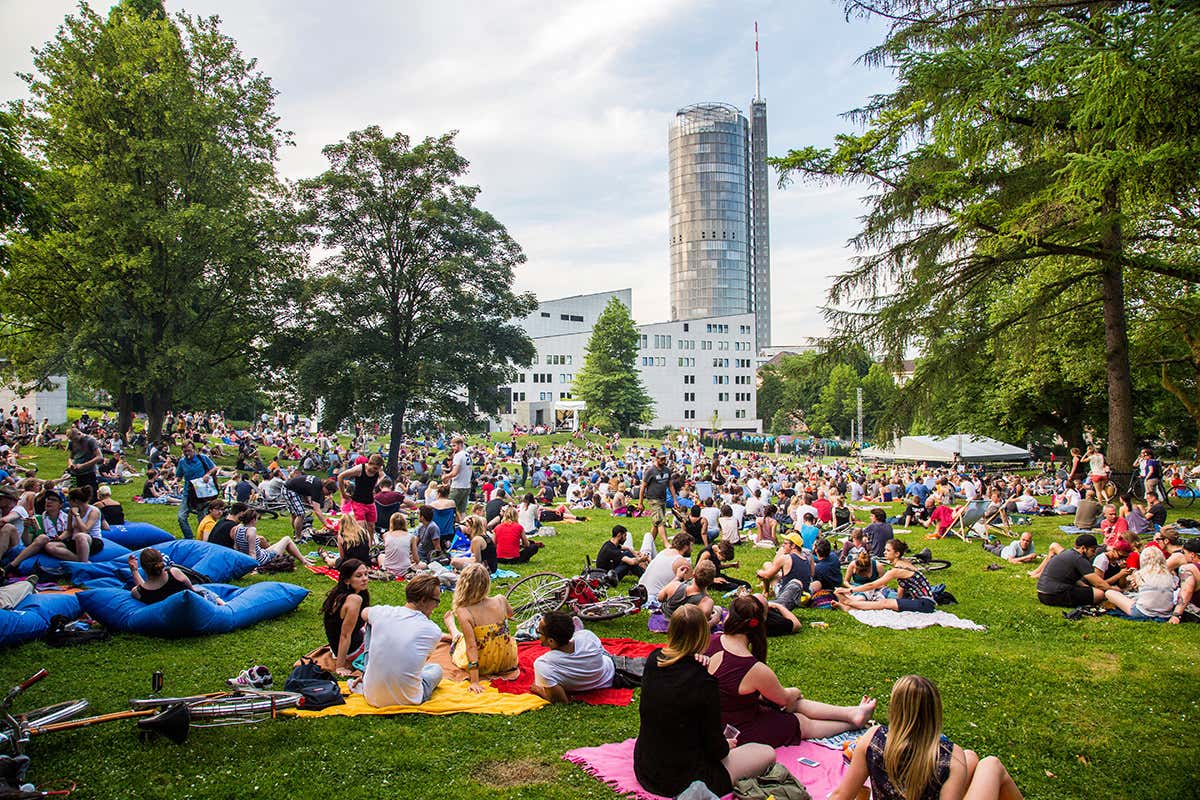The Connection between Simple Living and Mindfulness: Living the Present with Intention

Finding Harmony in Modern Living
In the age of technology and rapid change, the pursuit of peace and purpose has gained significant traction. Many individuals are turning towards the principles of simple living and mindfulness, which offer a refreshing perspective on how to navigate life with greater ease. These philosophies focus on quality over quantity and emphasize the importance of remaining present in each moment, fostering a deeper connection to life itself.
At the heart of both simple living and mindfulness are three essential tenets:
- Intention: Both approaches promote making conscious choices that align with one’s personal values. For instance, opting for locally sourced foods not only supports sustainability but also encourages a mindful consumption that values health and community over consumerism.
- Awareness: Mindfulness nurtures an enhanced understanding of one’s internal dialogues and emotions. Practicing techniques such as meditation or journaling can help individuals identify their feelings and reactions, paving the way for emotional clarity.
- Clarity: Reducing distractions, whether through decluttering physical spaces or limiting screen time, allows individuals to focus on what truly resonates with their lives, from relationships to passions.
Embracing these principles often leads to transformative changes in everyday life. For example, by simplifying their schedules and commitments, individuals can experience:
- Less stress: A decluttered lifestyle translates to a less chaotic mind. Many who adopt this lifestyle report significantly lower anxiety levels, enabling them to approach life with a calm demeanor.
- Improved focus: Through mindfulness practices, such as mindful breathing or deliberate pauses during daily tasks, one can cultivate higher levels of concentration. Benefits include heightened productivity at work and improved relationships, as individuals become more engaged with those around them.
- Enhanced happiness: Simple living encourages the appreciation of life’s smaller pleasures, like sipping a warm cup of coffee on a restful morning or enjoying a sunset after a long day. This practice nurtures gratitude and fosters a deeper connection to the world.
The interplay between simple living and mindfulness invites individuals to re-evaluate how they engage with their lives. As one explores this synergistic relationship, it can lead to a meaningful shift in perspective, promoting an intentional and fulfilling existence. By integrating these powerful tools into daily routines, a more enriched and balanced life becomes attainable, offering profound rewards in both mental clarity and emotional well-being.
DISCOVER MORE: Click here to dive deeper

Unpacking Simple Living: A Pathway to Mindfulness
The concepts of simple living and mindfulness can often seem distinct, yet they are intrinsically connected, creating a holistic approach to life that encourages intentionality and presence. Simple living focuses on reducing the clutter—both physical and mental—that often distracts individuals from appreciating the essence of life. It advocates for a lifestyle that values experiences, relationships, and overall well-being over material accumulation and societal expectations.
As modern society tends to encourage a fast-paced, consumer-driven way of life, the need for simplicity becomes ever more pressing. Implementing practices of simple living can take various forms, from minimalism—where individuals seek to own fewer possessions—to conscious consumerism, involving thoughtful purchasing decisions that reflect one’s values. By embracing these principles, individuals often find that their mental space clears, allowing them to more fully engage with each moment and each person in their lives.
Mindfulness, on the other hand, concerns maintaining an active awareness of the present. Mindful practices encourage people to observe their thoughts, feelings, and surroundings without judgment. Techniques such as meditation, deep breathing, and mindful eating are just a few ways individuals can cultivate this heightened consciousness. The intersection of mindfulness and simple living lies in the idea that by simplifying one’s environment and commitments, one can achieve a greater capacity to be present, ultimately leading to a richer and more fulfilling daily life.
Here are several ways that adopting simple living practices can enhance mindfulness:
- Decluttering the Mind: A less cluttered physical space promotes a clearer mind. Individuals at peace with their surroundings are better able to focus on the present moment, processing experiences fully rather than running on autopilot.
- Intentional Choices: Living simply requires conscious decision-making. This can stretch from food choices to daily activities. Each choice becomes an opportunity to practice mindfulness, creating habits that align with personal values rather than external pressures.
- Gratitude Cultivation: A simpler life encourages individuals to appreciate the little things, ultimately leading to greater feelings of happiness and fulfillment. Whether it’s a nature walk or a cozy evening at home, mindfulness fosters gratitude and enhances one’s connection to life’s joys.
Research supports the positive impact of integrating simple living and mindfulness into daily routines. Studies have shown that individuals who actively engage in mindfulness report enhanced emotional well-being and lower stress levels. Furthermore, adopting a minimalist approach often correlates with improved financial stability and a more meaningful emotional landscape.
This symbiotic relationship invites individuals to question what truly matters in their lives and motivates them to make meaningful adjustments. As the journey unfolds, both simple living and mindfulness can serve as valuable allies, guiding individuals toward a life activated by intention and immersed in the present. The transformation is not just subtle; often, it is profound, leading to a greater sense of purpose and peace in the everyday hustle.
The connection between simple living and mindfulness is a profound one, as both philosophies encourage individuals to focus on the present and prioritize experiences over material possessions. By embracing a minimalist lifestyle, individuals can create space for mindfulness practices that prioritize intention and awareness. This journey begins with recognizing the distractions created by a cluttered environment, where physical possessions often correspond to mental overload. Adopting simple living leads to a decluttering of both physical and mental space, paving the way for a more mindful life.
Mindfulness encourages us to engage fully with our thoughts and feelings, grounding us in the moment. Techniques such as meditation, mindful breathing, and conscious observation help heighten awareness of our surroundings and ourselves. In this context, living simply is not merely about reducing consumption but also about cultivating a deeper appreciation for what truly matters. When life becomes less about ‘acquiring’ and more about ‘experiencing,’ individuals can fully savor every moment, enhancing emotional health and well-being.
Furthermore, the act of simplifying life can lead to improved mental clarity and emotional resilience. Research shows that those who practice mindfulness report lower levels of stress and anxiety, which correlates with the reduction of clutter in their lives. By letting go of extraneous possessions, individuals often find it easier to connect with their inner selves, leading to greater self-awareness and personal growth.
As this holistic approach to life merges simple living with mindfulness, individuals unlock the potential for deeper connections—not only with themselves but also with others and their environment. Through such intentional living, we re-establish a rhythm to life that fosters compassion, gratitude, and joy, enabling us to cherish every moment.
| Advantage | Details |
|---|---|
| Enhanced Focus | Simple living reduces distractions, allowing for increased mental clarity and presence. |
| Lower Stress Levels | Embracing mindfulness alongside simplicity leads to decreased anxiety and emotional well-being. |
DIVE DEEPER: Click here to learn more about minimalism in design</p
Embracing Practices for Simplicity and Presence
As individuals seek to foster a deeper connection between simple living and mindfulness, they can implement a range of practical strategies to fully immerse themselves in the present moment. These practices not only promote intentionality but also serve as catalysts for personal growth and emotional well-being.
One effective approach is adopting a mindful morning routine. Starting the day with intention can set a positive tone for the hours to come. Instead of immediately reaching for a phone or drowning in news alerts, individuals can carve out time for gentle activities that nurture the mind and body, such as stretching, journaling, or sipping tea while observing the world outside. These rituals encourage a slower pace, allowing for reflection and gratitude, which are essential components of mindfulness.
Additionally, immersing oneself in nature is a powerful method to combine simple living with mindfulness. Research suggests that spending time outdoors can significantly reduce stress levels while enhancing one’s mood. Whether it’s a hike in a national park or a leisurely stroll in a local green space, these experiences help individuals reconnect with the rhythms of the natural world. Even small moments, like tending to a garden or sitting quietly on a porch, can stimulate a sense of presence that enriches everyday life.
Mindful eating also exemplifies the intersection of simplicity and mindfulness. Instead of consuming meals mindlessly while distracted by screens or multitasking, individuals can shift their focus to the act of eating itself. By thoughtfully selecting nourishing foods, prioritizing flavor and texture, and savoring each bite, they cultivate a deeper awareness of their body’s needs and the pleasure that comes from food. Not only does this enhance satisfaction, but it can also lead to healthier eating patterns over time.
Furthermore, embracing digital minimalism plays a critical role in uniting these concepts. The constant influx of information from social media and digital devices can create mental clutter, pulling individuals away from experiencing life as it unfolds. By intentionally reducing screen time and curating content that aligns with personal values, individuals can reclaim their attention and apply it to the present moment. This might mean designating specific times for technology use or actively choosing to engage in offline hobbies that promote creativity and interaction.
Moreover, the process of practicing gratitude can be significantly enhanced through simple living. Individuals can begin to make a practice of listing three things they are thankful for each day. This could be as simple as appreciating a warm cup of coffee or expressing thanks for a friend’s support. Gratitude shifts focus from what is lacking to what is abundant, reinforcing a mindset rooted in appreciation and presence.
The *American Psychological Association* notes that even a short 10 minutes of mindfulness practice can drastically improve mood and reduce mind-wandering. By incorporating simple living principles into daily mindfulness practices, individuals are primed not only to experience life’s pleasures but also to better manage the inevitable challenges that arise. As these practices blend into one another, they create a lifestyle rich with intention, awareness, and profound fulfillment.
DISCOVER MORE: Click here to learn about digital detox
Conclusion: Cultivating a Life of Intention
In the fast-paced world we inhabit, the connection between simple living and mindfulness serves as a beacon of hope for those seeking to live more intentionally. By embracing practices that emphasize presence and simplicity, individuals can reclaim their focus and foster a deeper appreciation for the richness of each moment. From establishing mindful morning routines to engaging in the restorative embrace of nature, the journey towards intentional living can lead to enhanced emotional resilience and overall well-being.
The integration of mindful eating, digital minimalism, and gratitude practices further underscores the profound impact that simplicity can have on our mental clarity and life satisfaction. As we embrace fewer distractions and cultivate a mindset rooted in appreciation, we open ourselves up to a fuller experience of life, one that prioritizes meaningful interactions and personal growth.
In essence, the synergy between simple living and mindfulness is not merely a lifestyle choice; it is a transformative approach that invites us to connect more deeply with ourselves and the world around us. As evidenced by research and personal testimonies alike, this harmonious blend enriches our existence and empowers us to navigate life’s challenges with grace and purpose. By taking small, intentional steps towards this connection, we can cultivate a life imbued with joy, clarity, and profound fulfillment.
For those interested in exploring these concepts further, numerous resources and communities are available, encouraging a deeper understanding and implementation of simple living and mindfulness practices. The path to a more intentional life awaits, inviting both self-discovery and transformative growth.

